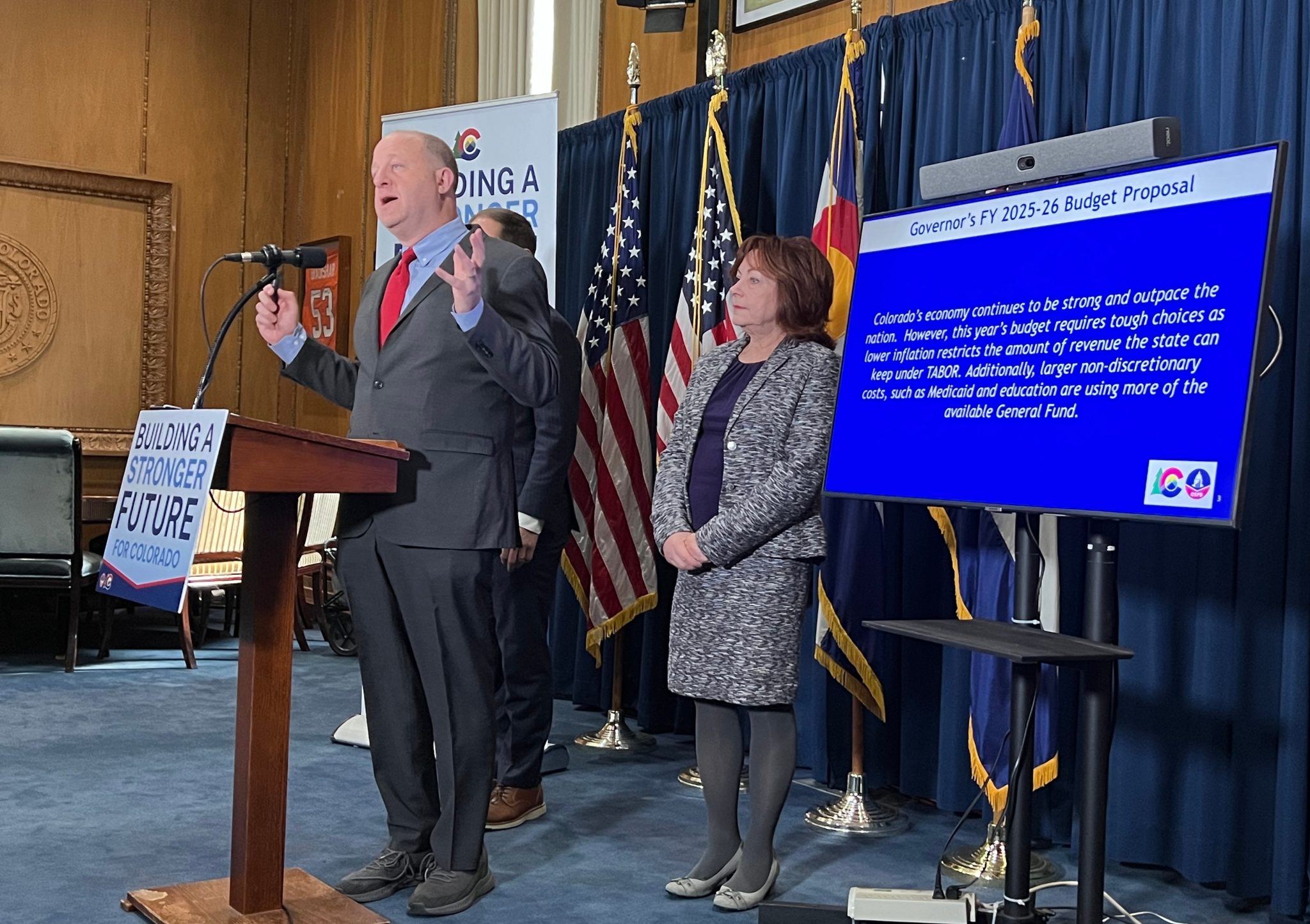Understanding The Link Between Federal Debt And Mortgage Costs

Table of Contents
How Federal Debt Influences Interest Rates
The level of federal debt significantly influences interest rates, impacting the cost of borrowing for mortgages. This connection is primarily driven by the actions of the Federal Reserve and the broader economic consequences of high government debt.
The Role of the Federal Reserve
The Federal Reserve (the Fed) plays a central role in managing interest rates. Its primary goal is to maintain price stability and promote maximum employment. To achieve this, the Fed uses monetary policy tools, including adjusting the federal funds rate – the target rate banks charge each other for overnight loans. Increased federal debt puts upward pressure on interest rates. When the government needs to borrow more money to cover its expenses, it issues Treasury bonds.
- Increased Demand for Treasury Bonds: The increased demand for these bonds to fund the national debt can drive up their yields (the return an investor receives).
- Treasury Yields and Mortgage Rates: These Treasury yields serve as a benchmark for other interest rates, including mortgage rates. Higher Treasury yields generally translate to higher mortgage rates as lenders adjust their pricing to reflect the increased cost of borrowing.
- Government Borrowing: The government's need to borrow heavily to finance its debt competes with private sector borrowing, potentially pushing up interest rates across the board.
The Impact of Inflation on Mortgage Rates
High federal debt can contribute to inflation. When the government spends more than it receives in revenue, it can lead to increased demand for goods and services, potentially outstripping supply and pushing prices higher. This inflation, in turn, forces the Fed to raise interest rates to cool down the economy and prevent runaway inflation.
- Inflation and Borrowing Costs: Inflation erodes the purchasing power of money, making borrowing more expensive. Lenders increase interest rates to compensate for the diminished value of future payments.
- Inflation and Bond Prices: There's an inverse relationship between inflation and bond prices. When inflation rises, bond prices tend to fall, impacting yields and subsequently influencing mortgage rates.
- Monetary Policy Response: The Fed's response to inflation, often involving interest rate hikes, directly affects mortgage rates, making borrowing more expensive for homebuyers.
Government Intervention and Mortgage Markets
Government intervention significantly shapes the mortgage market, and the level of federal debt can influence the extent and nature of this intervention.
Government-Backed Mortgage Programs
Programs like FHA loans and VA loans are crucial in making homeownership more accessible. However, high federal debt can impact these programs. A government grappling with significant debt might reduce its support for these programs or implement stricter lending guidelines to minimize risk.
- Government Mortgage Insurance: Reduced government funding for mortgage insurance programs could lead to higher premiums or reduced availability of these programs, making homeownership less attainable for some.
- Changes in Government Policy: Fiscal constraints due to high debt can force the government to adjust eligibility criteria, loan limits, and other aspects of these programs, potentially limiting access to credit.
- Reduced Funding: A strained federal budget might lead to reduced funding for these government-backed mortgage programs, making them less effective in supporting the housing market.
The Market's Response to High Debt
High levels of federal debt can impact investor confidence and risk appetite. Investors may view high debt levels as a potential risk, leading them to demand higher returns on investments in the mortgage market.
- Mortgage-Backed Securities (MBS): Increased risk premiums in the mortgage-backed securities market, a key component of the mortgage finance system, will translate into higher borrowing costs for consumers.
- Investor Confidence: Reduced investor confidence in the stability of the economy can lead to higher interest rates as lenders seek to protect themselves from potential losses.
- Risk Assessment: Lenders will incorporate the perceived risk associated with high federal debt into their risk assessment models, resulting in stricter lending standards and potentially higher mortgage rates.
Strategies for Navigating High Mortgage Costs in a High-Debt Environment
Even in a high-debt environment with potentially higher mortgage costs, homebuyers can employ strategies to improve their chances of securing favorable mortgage terms.
Improving Your Credit Score
A strong credit score is paramount when securing a mortgage, especially when interest rates are high. A better credit score often translates to lower interest rates and more favorable loan terms.
- Paying Bills on Time: Consistent on-time payments significantly improve your credit score.
- Reducing Debt: Lowering your debt-to-income ratio demonstrates financial responsibility to lenders.
- Monitoring Your Credit Report: Regularly check your credit report for errors and take steps to correct them.
Exploring Different Mortgage Options
Understanding various mortgage options is crucial in a high-interest-rate environment. Different mortgage types offer varying levels of risk and reward, and choosing the right one can significantly impact your monthly payments.
- Fixed-Rate Mortgage: Provides stability with consistent monthly payments throughout the loan term.
- Adjustable-Rate Mortgage (ARM): Offers potentially lower initial interest rates but carries the risk of fluctuating rates.
- Mortgage Refinancing: Consider refinancing if interest rates fall to secure a lower rate and reduce monthly payments.
Conclusion
Understanding the link between federal debt and mortgage costs is crucial for making informed financial decisions. High federal debt can influence interest rates through the actions of the Federal Reserve and investor sentiment, ultimately impacting mortgage costs. Government intervention in the mortgage market can also be affected. However, borrowers can proactively manage their finances by improving their credit score and exploring different mortgage options to navigate these challenges. Stay informed about economic trends and explore different mortgage options to find the best fit for your financial situation. Managing your finances effectively in the context of federal debt and mortgage costs is key to achieving your homeownership goals.

Featured Posts
-
 Bare Beating A Call For Better Public Transport Etiquette
May 19, 2025
Bare Beating A Call For Better Public Transport Etiquette
May 19, 2025 -
 Perry County Schools Budget Cuts Loom Amid Enrollment Drop
May 19, 2025
Perry County Schools Budget Cuts Loom Amid Enrollment Drop
May 19, 2025 -
 Universal Epic Universe Everything You Need To Know About Themed Lands Attractions Shows And Tickets
May 19, 2025
Universal Epic Universe Everything You Need To Know About Themed Lands Attractions Shows And Tickets
May 19, 2025 -
 Todays Cardinals News Wednesday Afternoon
May 19, 2025
Todays Cardinals News Wednesday Afternoon
May 19, 2025 -
 Proskynima Sta Ierosolyma I Simasia Tis A Stasis Ton Xairetismon
May 19, 2025
Proskynima Sta Ierosolyma I Simasia Tis A Stasis Ton Xairetismon
May 19, 2025
